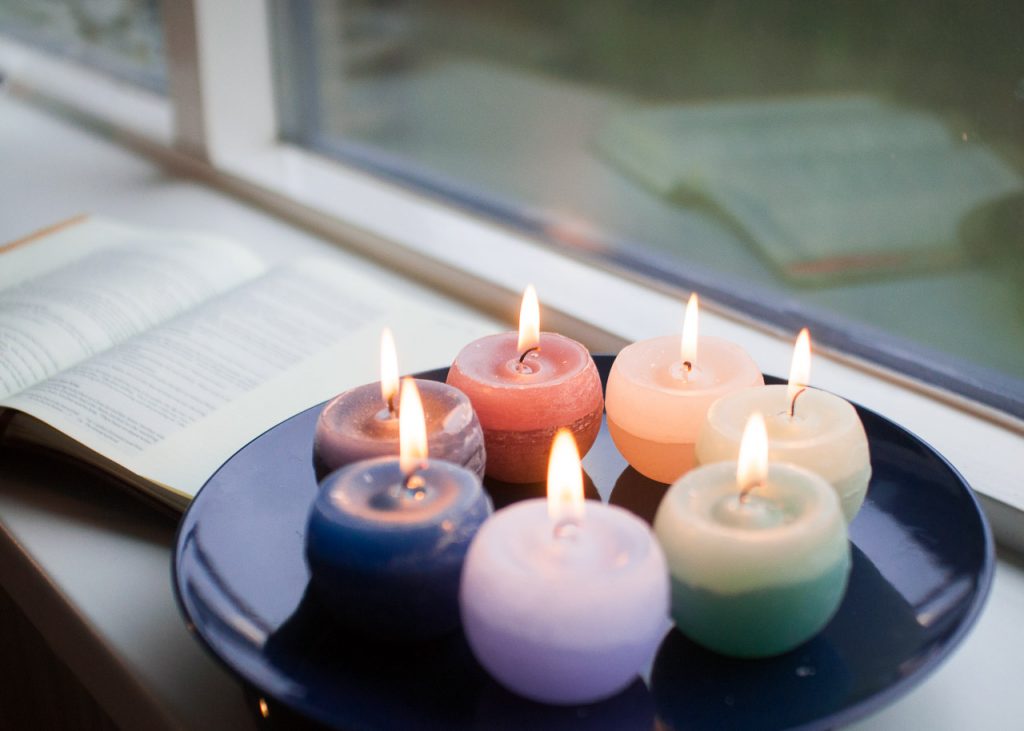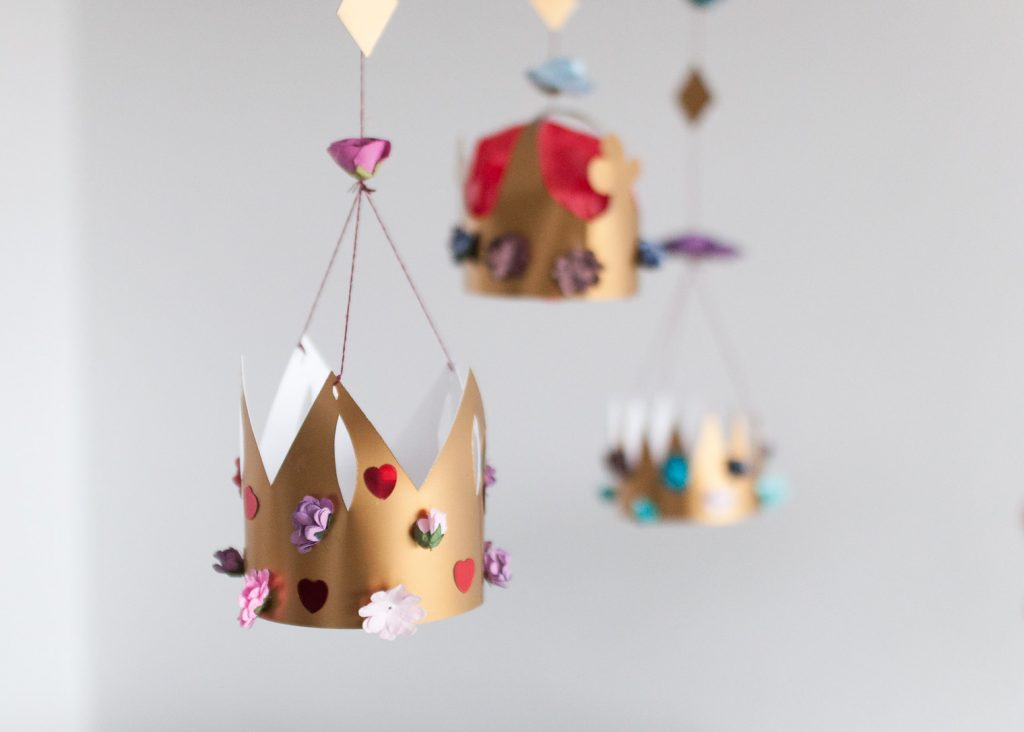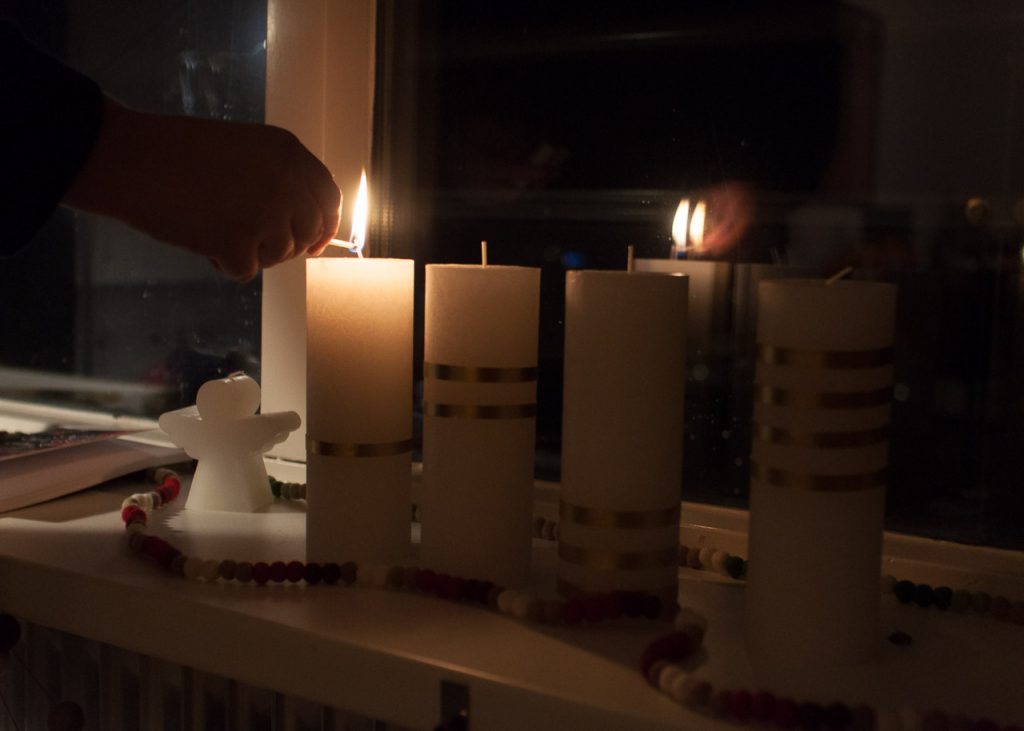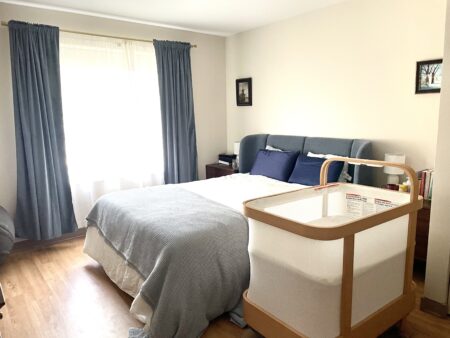A few years ago, when I was eighteen and at the start of my gap year, I was having coffee at a friend’s mom’s house. My friend Sam was spending some time abroad, and I was in the US for a few months before leaving for the Netherlands. Sam’s mom Laurel, who I’d known and loved for many years, must have know I was a bit lonely and invited me over.
It was autumn on the East Coast, and the leaves had already started to turn and fall. I stood by the window as Laurel made coffee, and looked out at the sukkah on their front lawn. A sukkah is a booth or hut, covered with branches and decorated with harvest items, built for the week-long Jewish festival of Sukkot. I wasn’t Jewish, but I had spent the last few years wishing I was — studying Judaism at home and even meeting with a rabbi once to talk about conversion. Laurel didn’t know this, at the time. I hadn’t told anyone about my interest in religion, or in Judaism specifically.
“That’s so beautiful,” I said to Laurel, gesturing to the sukkah as she walked over. “I wish my family did stuff like that.” She gave me a strange look, understandably (referring to a religious structure as “stuff like that” didn’t quite hit the note of reverence and longing I was going for).
It was hard for me to vocalize at the time, and even in the years to come, but the cycle of seasons and celebrations in the Jewish year was one of the things that most resonated with me about Judaism. Growing up non-religiously, I longed for a faith and community of my own, but I also felt a yearning for that rhythmic and profound marking of time that comes with religious holidays.
I didn’t go on to convert to Judaism, as readers of this blog know. It’s a long story, but the short version is that I went to the Netherlands, met my partner, and fell in love; I came back to America and started going to church, and as the years passed, I became a Christian. Many parts of my life and self have changed and evolved over time, but it’s funny to see how my initial love for sacred rhythms has never left me, even if it now takes a very different form than I once imagined.
As a Christian, I now try to live in the rhythm of the liturgical year — a cycle of sacred seasons and holidays that tell the story of God in the world from a Christian perspective. You may be familiar with some of them; Christmas and Easter are the big holidays, of course, but you’ve probably also heard of Lent, the season of penitence before Easter. And, if you’re Christian yourself, you may even be familiar with Advent and Ordinary Time, the other seasons that make up what Christians call the liturgical year. These seasons impact and shape my life in big and little ways.
I live a very modern life, devoid of most of the rhythms that people have followed for generations. Artificial light lets me stay up until (or past) midnight, if I want; screen light from my phone and laptop wakes me up in the morning, alongside a steaming cup of caffeinated coffee. I don’t notice the cycles of the moon, and most of my weekends and weekdays blend together in a continuum of work projects and outings with Ken. But life wasn’t always this way; seasons of the year, cycles of the moon, and weekly rhythms like the sabbath, once provided more shape for our lives than they now do for most people.
Personally, I love that feeling of rhythm. I love baking bread in the summer, like I did last summer and the summer before that. I love picking apples in the fall, or making apple cider like I do each year when autumn rolls around. I love lighting candles each winter, as I did every winter before. The rhythms helps give my everyday, normal life a feeling of magic and meaning. And, in a life that often feels random and unpredictable, the way each year rhymes with the last helps me feel grounded and secure.

The liturgical year does that for me. It adds another layer of rhythm to my life, a step out of time with the seasons that I learned and counted as a kid. The holidays and rituals of the liturgical year give me a way to participate in the rhythm of life, through food, song, prayer, and action. I feel like I’m not just watching the year twirl past me, but stepping in to dance along myself.
That said, it’s easy for these rituals to start feeling like a to-do list. Especially for someone with my enthusiasm, I’ve looked online for resources to make Advent or Lent feel more meaningful, and quickly gotten overwhelmed with long lists of crafts, recipes, prayers, books, songs, and activities that became way too much, way too fast. I think there’s a middle ground, and that’s what I try to practice in my own everyday life.
I’m hoping to write about the liturgical year a little more often on this blog, because it does have such a positive impact on my life, and not too many people know about it! So let this post serve as an introduction — I’ll list some of my previous liturgical year posts below, and be back soon to write about Ordinary Time, the season we’re in now.






